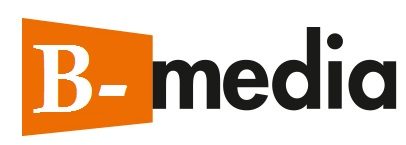In the realm of nasal and facial surgeries, precision is paramount. Surgeons rely on an array of specialized instruments to ensure optimal visibility and access during procedures. Among these, nasal retractors play a crucial role, facilitating delicate interventions with enhanced control and accuracy.
Understanding Nasal Retractors
Nasal retractors are surgical tools designed to hold back soft tissues, providing a clear view of the nasal structures during procedures. These instruments are commonly used in rhinoplasty, septoplasty, and other nasal surgeries to enhance visualization and improve outcomes.
Retractors come in various shapes and sizes, each serving a specific function. Some are handheld and manually controlled, while others are self-retaining, allowing the surgeon to work hands-free. The choice of retractor depends on the complexity of the procedure and the surgeon’s preferences.
The Importance of Precision in Nasal Surgery
Nasal surgery demands meticulous attention to detail. Whether correcting a deviated septum, refining the nasal bridge, or addressing functional breathing issues, a clear surgical field is essential. Nasal retractors enable surgeons to work with greater accuracy, minimizing trauma to surrounding tissues and reducing the risk of complications.
One commonly used instrument in nasal procedures is the aufricht retractor. Known for its ergonomic design and reliable functionality, this retractor aids in gently lifting and exposing nasal structures. Its curved blade allows for efficient retraction, giving surgeons the access they need while maintaining patient comfort.
Advancements in Nasal Retraction Techniques
Over the years, advancements in surgical instrumentation have refined the effectiveness of nasal retractors. Modern materials and ergonomic designs have improved the comfort and functionality of these tools, leading to better patient outcomes. Innovations in retractor design have also minimized soft tissue damage, promoting faster recovery times for patients.
The use of retractors like the aufricht retractor highlights the evolution of surgical precision. With its carefully crafted design, it provides stability and ease of use, allowing surgeons to perform complex nasal surgeries with confidence.
Choosing the Right Instrument for the Procedure
Selecting the appropriate nasal retractor depends on several factors, including the type of surgery, patient anatomy, and the surgeon’s technique. While some procedures may require a simple handheld retractor, others benefit from more specialized designs that offer superior control and stability.
Surgeons must also consider patient comfort and postoperative recovery. The right choice of instruments can contribute to less tissue trauma and a smoother healing process.
Conclusion
Nasal retractors are indispensable tools in modern nasal surgery, enhancing visibility, precision, and overall surgical efficiency. Instruments such as the aufricht retractor exemplify the balance between form and function, providing surgeons with the tools necessary for successful outcomes. As surgical techniques continue to evolve, the role of specialized instruments remains vital in achieving both functional and aesthetic goals in nasal procedures.

